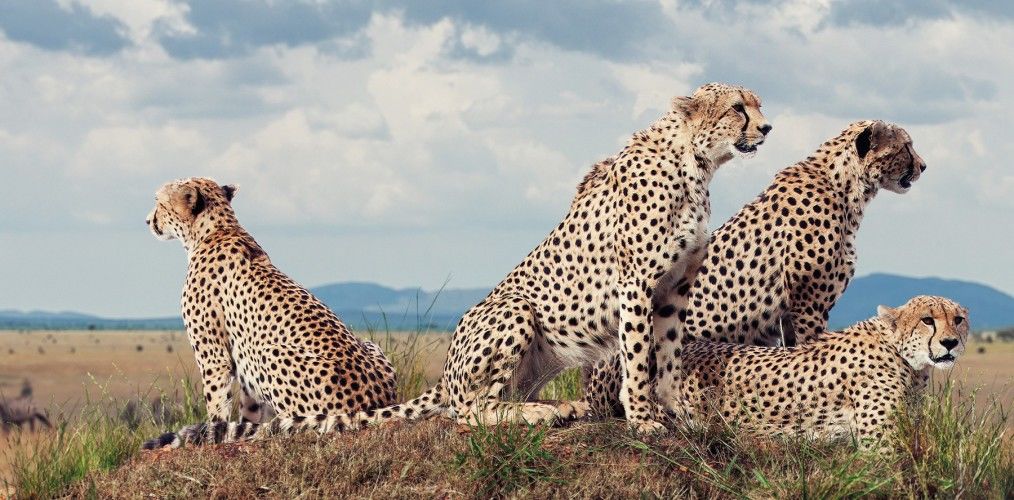Seven Worlds, One Planet Show Summary, Upcoming Episodes and TV Guide
Seven Worlds, One Planet
-
Show status
Ended -
on network
BBC One -
Last episode S1E7 aired 2019-12-08
6 years ago -
Rating based on 0 user-votes
0.0 / 5 -
Users having this show in their filter
0 - This show IS NOT in your filter Add to filter
Last episode:

(Screencap by tvmaze.com)
aired 2019-12-08 (6 years ago)
Africa
Season: 1 | Episode: 7
» episode summary
» full episode guide
Africa
Season: 1 | Episode: 7
Rate now!
» full episode guide
Find Seven Worlds, One Planet on
 DVD
BluRay
DVD
BluRay
Instant Video
Watch instantly on your PS3, Xbox, Kindle Fire, iPad, PC and other devices.
Show Summary
Millions of years ago, incredible forces ripped apart the Earth’s crust creating seven extraordinary continents. This documentary series reveals how each distinct continent has shaped the unique animal life found there. Started:
Started: Usually aired on:
Type: Documentary
Genres: Nature
Country: GB

Users who watch Seven Worlds, One Planet also like:
-
s01e076 years ago18:15
-
s01e066 years ago18:20
-
s01e056 years ago18:15
-
s01e046 years ago18:15
-
s01e036 years ago18:20
-
s01e026 years ago18:15
-
s01e016 years ago18:15







